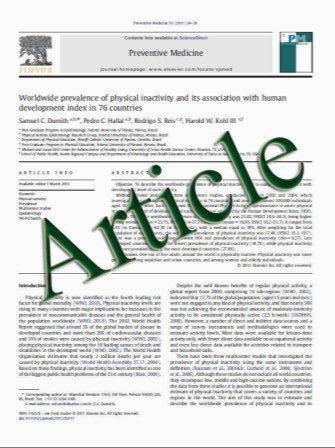An ex vivo model of coxsackievirus infection using multilayered human conjunctival epithelial cells
- نوع فایل : کتاب
- زبان : انگلیسی
- مؤلف : Jooeun Lee & Eun Jung Jun & Jung Hae Sunwoo & Eun Soon Kim & Jae-hyung Kim & Jae Yong Kim & Myoung Joon Kim & Yoo Kyum Kim & Heuiran Lee & Hungwon Tc
- چاپ و سال / کشور: 2011
Description
Background The purpose of this study was to establish an ex vivo model of coxsackievirus infection since there seems to be no suitable disease model currently. Methods Human conjunctival epithelial cells (HCECs) were cultured for 2 weeks in a serum-free air–liquid interface system to produce a multilayered structure. The cells were infected with coxsackievirus A24 (CVA24). Histological changes were investigated by staining the cells with H&E and DAPI, and apoptosis was evaluated using the TUNEL technique. Virus replication was measured in HeLa cells infected with viral progeny from multilayered HCECs, after 1 and 3 days, using the TCID50 method. Results Cultured HCECs formed multiple layers. The cells showed characteristics of conjunctival epithelial cells and goblet cells, being immunohistochemically positive for CK19 and MUC5AC, respectively. CVA24 replicated readily in cultured multilayered HCECs. A mild cytopathic effect was noted 1 day after viral inoculation. Cell damage was extensive at 3 days. TUNEL imaging confirmed that the cytopathology was attributable to apoptosis. The TCID50 data from HeLa cells indicated that the virus was actively replicating at both 1 and 3 days after inoculation. Conclusions This novel infection model may be useful in investigating the pathogenesis of acute hemorrhagic conjunctivitis and the effectiveness of antiviral treatments.
Graefes Arch Clin Exp Ophthalmol DOI 10.1007/s00417-011-1655-3 Received: 1 November 2010 / Revised: 18 January 2011 / Accepted: 2 February 2011


